PARAÍSO
FACULTY OF FINE ARTS – UNIVERSITY OF SALAMANCA
Filmoteca de Galicia | Thursday June 1st | 11:30 a.m. | Free entry to all venues until full capacity. It will not be possible to enter the venues after the screening has started.
The 14th (S8) International Peripheral Film Festival (Mostra Internacional de Cinema Periférico) continues to dedicate a space to screening a significant sample of works that have emerged in university faculties and schools of the arts. The “Paradise” section groups together students attracted by the creative potential of the moving image, contributing their first suggestive discoveries. Salamanca’s Faculty of Fine Arts is again taking part this year in an experience that was incredibly enriching for the students last year.
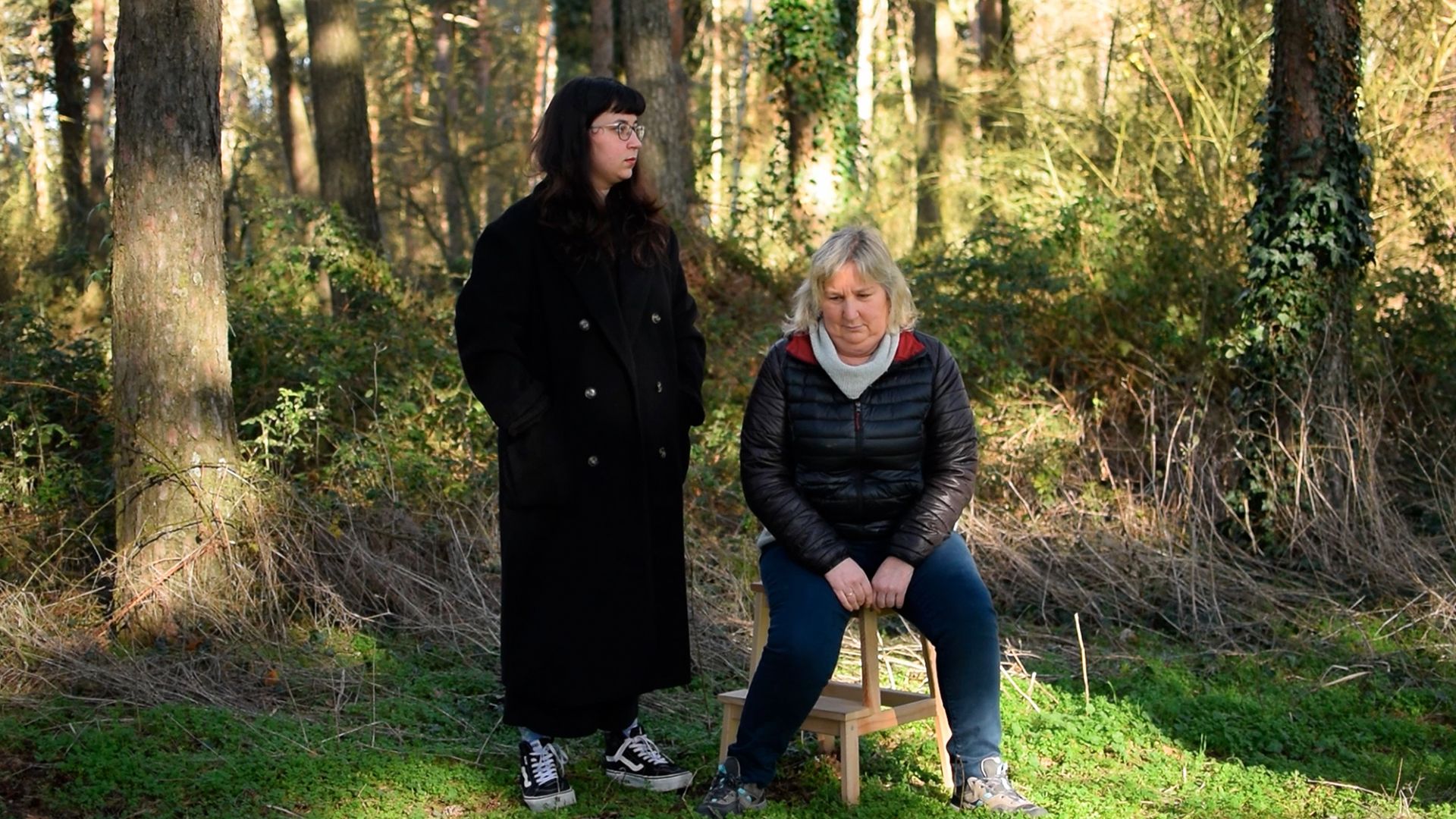
CARING FOR PLANTS IN WINTER IN BURGOS
Cristina Guerrero Rey, Spain, 2023, video, 9 min.
My mother Raquel has a multitude of plants at home. She works with patience and affection on her flowers, little trees and Monsteras. She also loves walks in the woods, the autumn, and the stillness of the countryside. Our family album is full of scenes amid beech woods, pine forests and gardens. Seeking a common point between her memories and mine, we went to the Fuentes Blancas park in Burgos, where the pines permanently overlooking us have seen us both grow. Legacy, presence, absence and change make up this multiple portrait, where the relationship between a mother and her daughter is covered in leaves and roots.
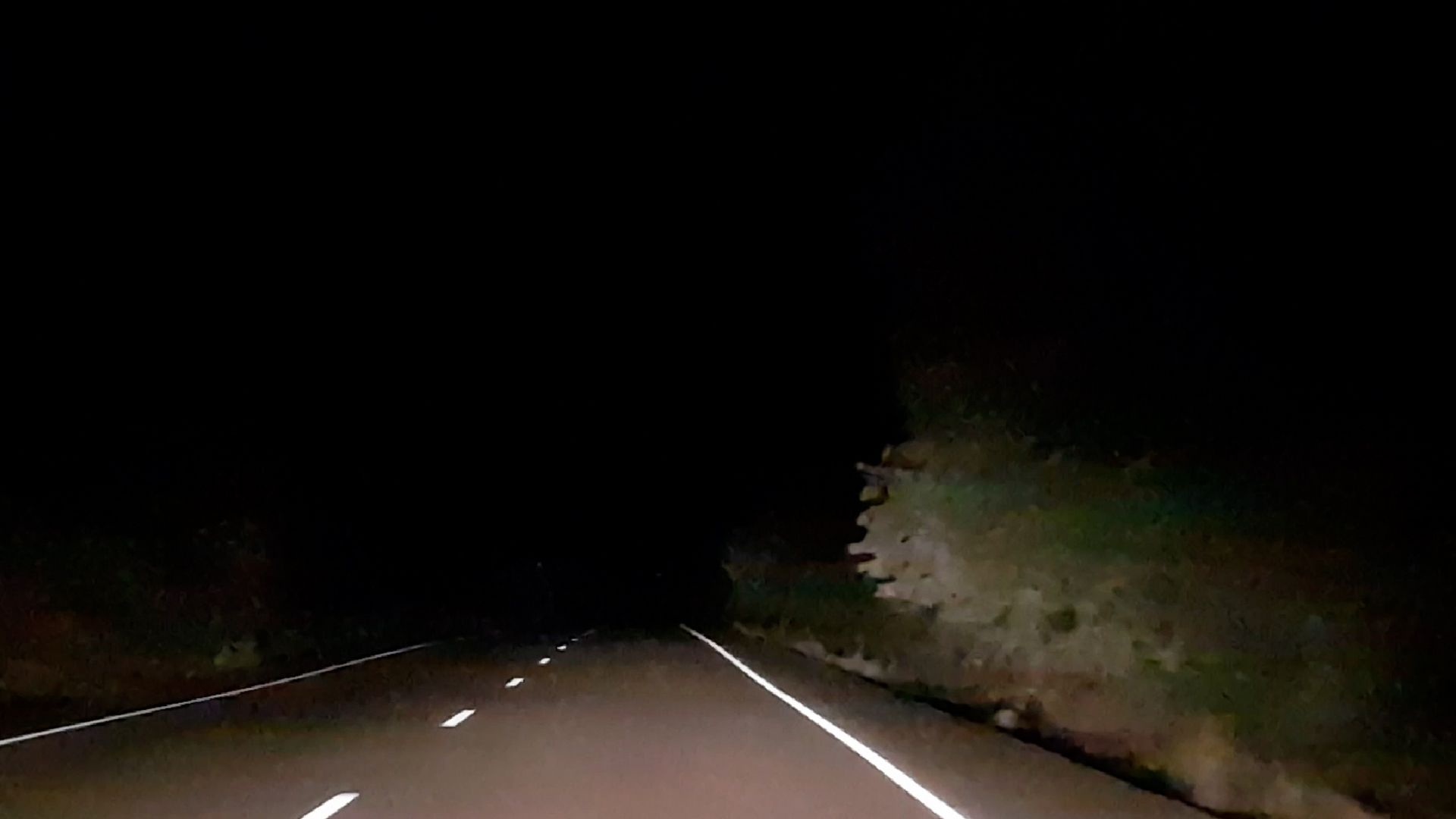
LOSS
Paula Manzano Sastre, Spain, 2023, video, 3 min.
Losing oneself. It all starts with a road trip on which the lights and the fog surround you until you become someone else or perhaps the true “me” that has remained hidden, waiting for the right moment to emerge and take control over your decisions.
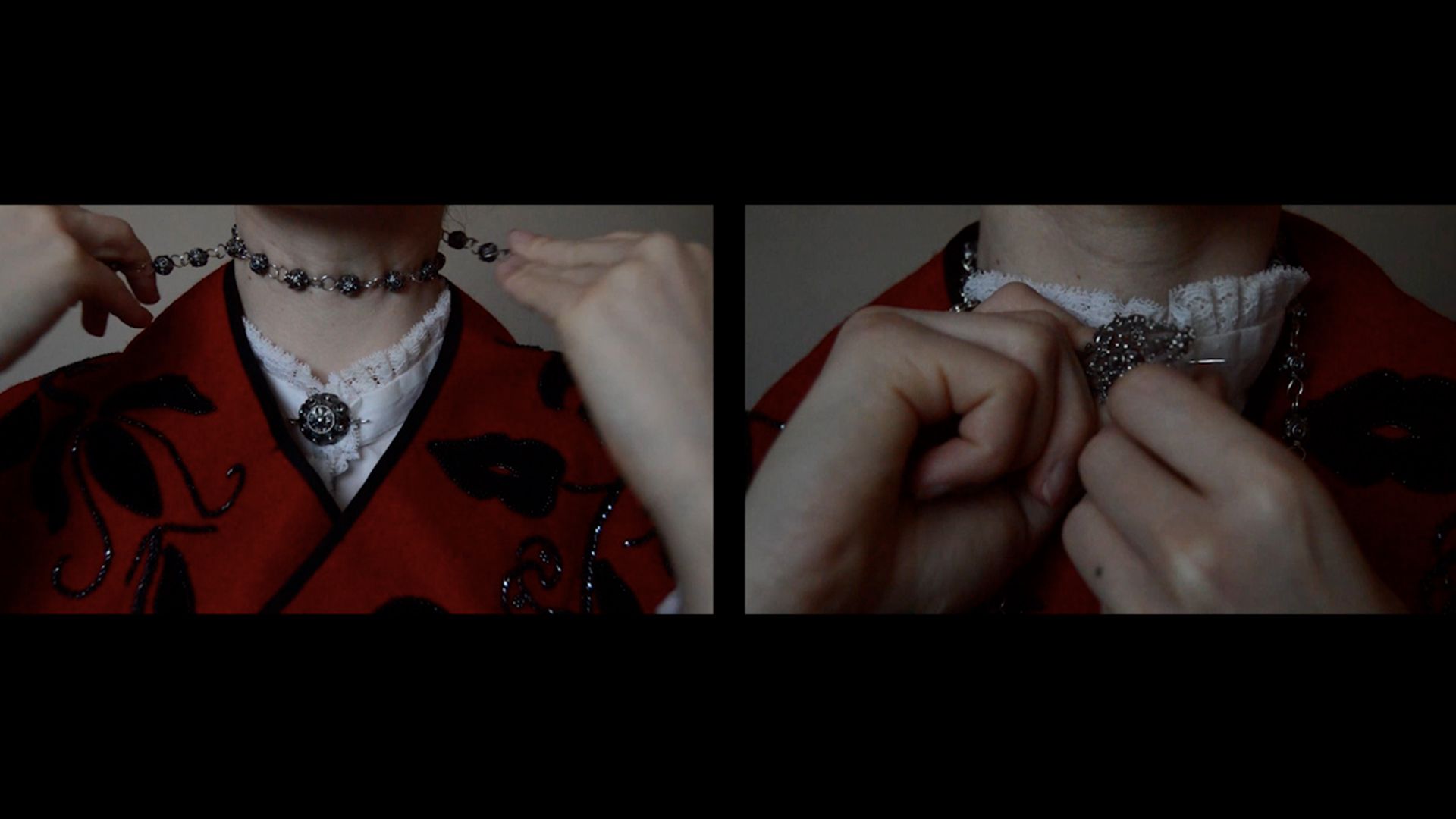
REPRESSIVE CODES
Elena P. Cuesta, Spain, 2023, video, 12 min.
Due to its complex construction, charro folklore involves a series of harmful codes that can go unnoticed. This piece points out the covert forms of repression that threaten contemporary corporealities and identities. It is a protest made by objects which, due to their conservationist nature of memory, help to map the course of violence while acting as evidence or clues in an investigation against it. The conception of objects as living, sensitive bodies is noteworthy, as is the way of studying what they suffer by means of a new ethnographic-forensic methodology.
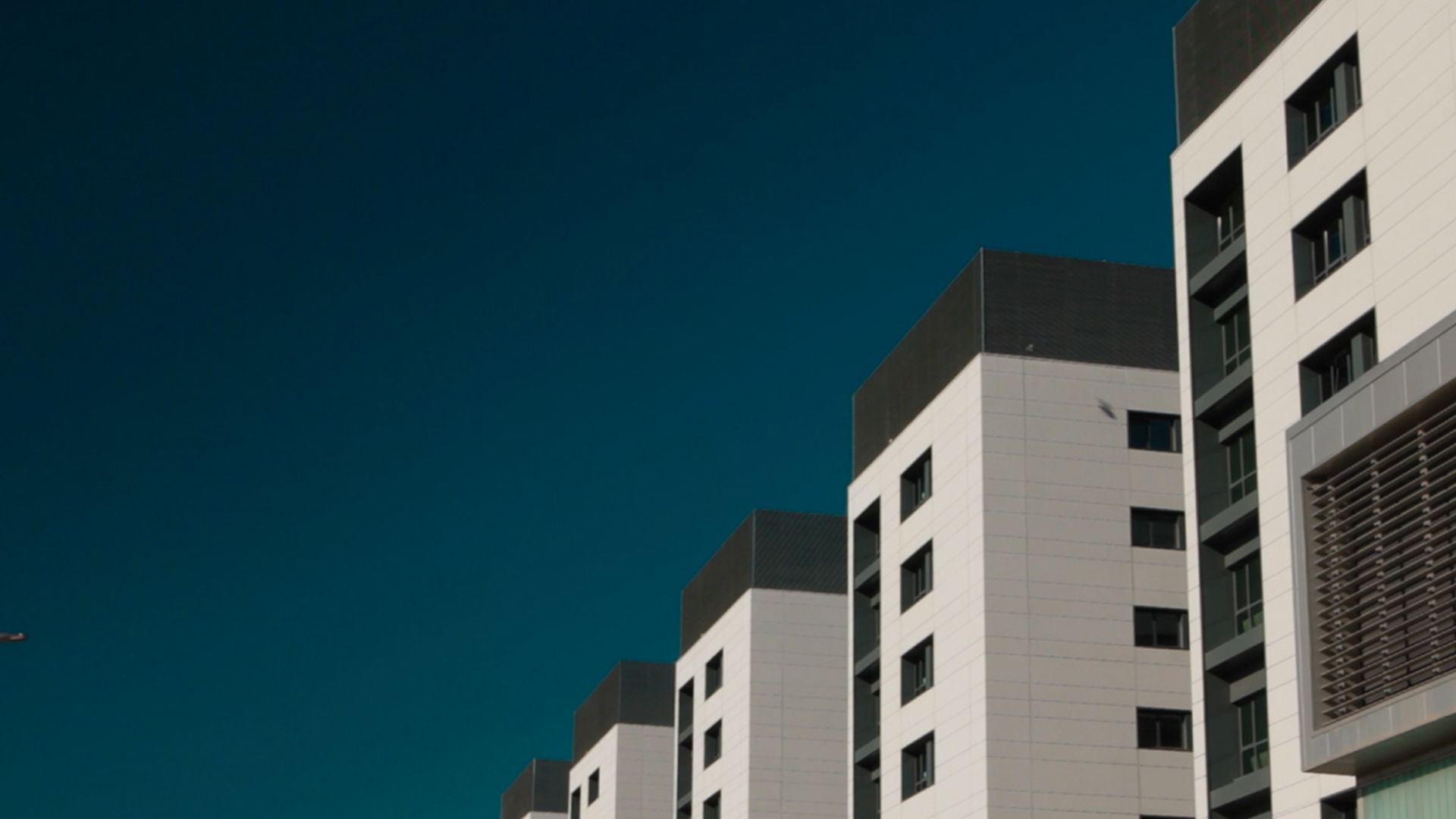
URBÁNICO
J. Saucedo, Spain, 2023, video, 4 min.
Using the urban landscape as a subject, the montage metaphorically narrates a human project headed for success, failure or neither. Cycles of frustration, repetition and uncertainty are experienced in the course of a continuous process of construction.
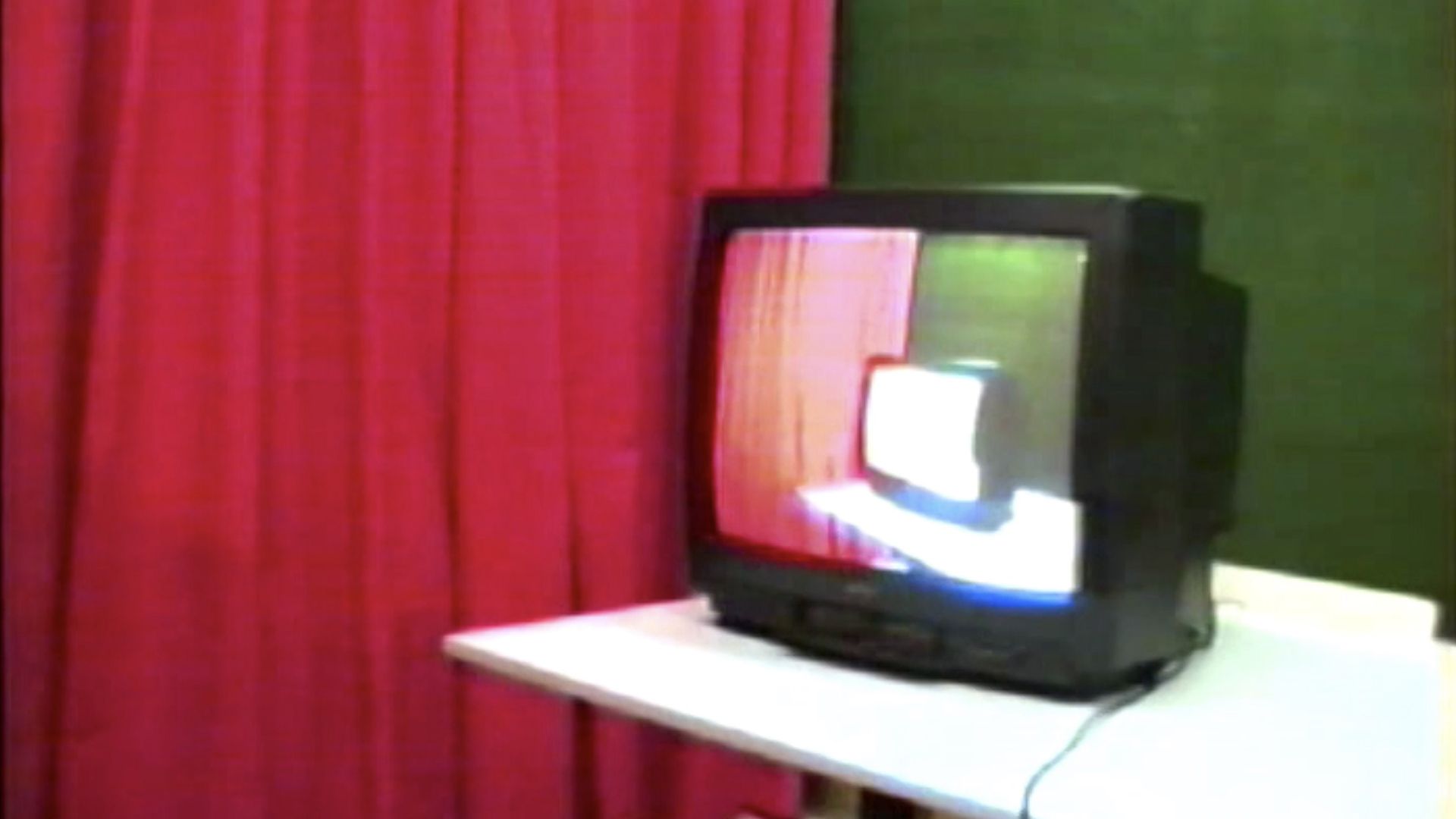
THOSE WHO WANDER
Adrián González Fernández, Spain, 2023, video, 8 min.
A tale of dislocated narrative about the journey of an undefined character. Through liminal environments, atypical characters and decontextualized interactions, it allows for the possibility of creating unexplored meanings.
ON PLANTS, KEYS AND PETTICOATS: LOOKING AT APPARENTLY EVERYDAY UNIVERSES
FACULTY OF FINE ARTS – UNIVERSITY OF SALAMANCA
The programme’s pieces selected for the “Paradise” section were made by students in the University of Salamanca’s Bachelor’s Degree course in Fine Arts and the Master’s Degree in Production and Artistic Practices. They put forward different ways of working with the moving image, creating peculiar views and singular worlds. For example, Taking care of plants in winter in Burgos (Cuidar plantas en invierno en Burgos) shows the spaces shared between a mother and daughter during their visit to one of the most popular parks in the city of Burgos and to their family home. Despite being linked by indissoluble bonds, the two find their autonomy even when sharing a place on the screen. Loss, contradicting its title, wanders yet comes across glimpses of a world that sheds its materiality to create a mosaic of luminous figures accompanied by a voice that plays with language, revealing the unstable place from which it speaks. By means of performance, Repressive codes turns the characteristic objects of charro folklore into evidence of a forensic investigation working to reveal the forms of repression that said objects imply in their contact with the body. Urbánico is being put forward as a work of recording the landscape while aware of its vacillations and even of its condition as a failure, resulting in a fragmentary way of looking that reveals resonances with the cinematographic urban symphonies of the 1920s. Finally, Those Who Wander, made with a Hi8 video camera, takes a tour of spaces on the margins through the wanderings of enigmatic characters involved in mysterious situations that all make up a dark world whose roots can be found in the cinema of David Lynch.
Beyond their heterogeneity, the pieces in the programme demonstrate the capacity and desire of the young people who created them to contribute to the vital panorama of artistic and cinematographic creation. Though different from one another, all of them are stimulating expressions of an exquisite paradise thanks to their singularity.
Laura Gómez Vaquero
Film researcher and programmer. Lecturer at the Faculty of Fine Arts (USAL).
